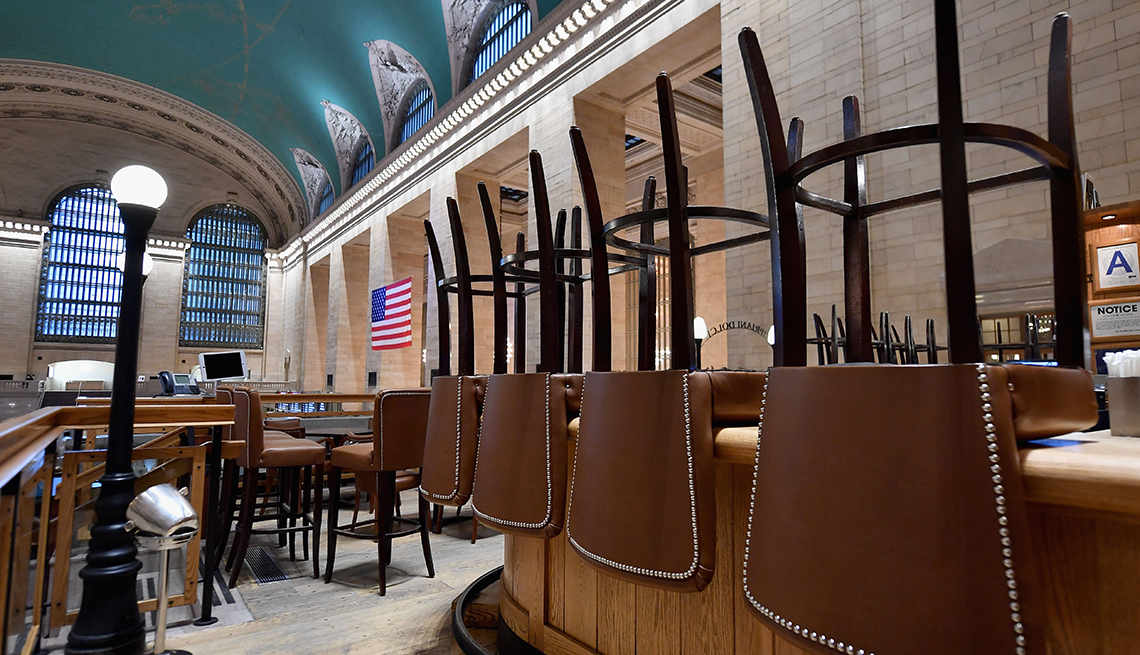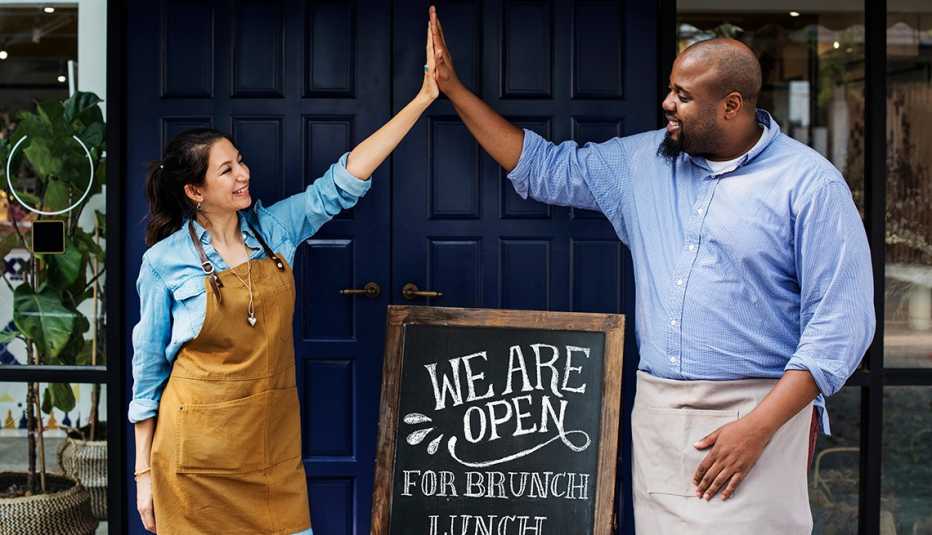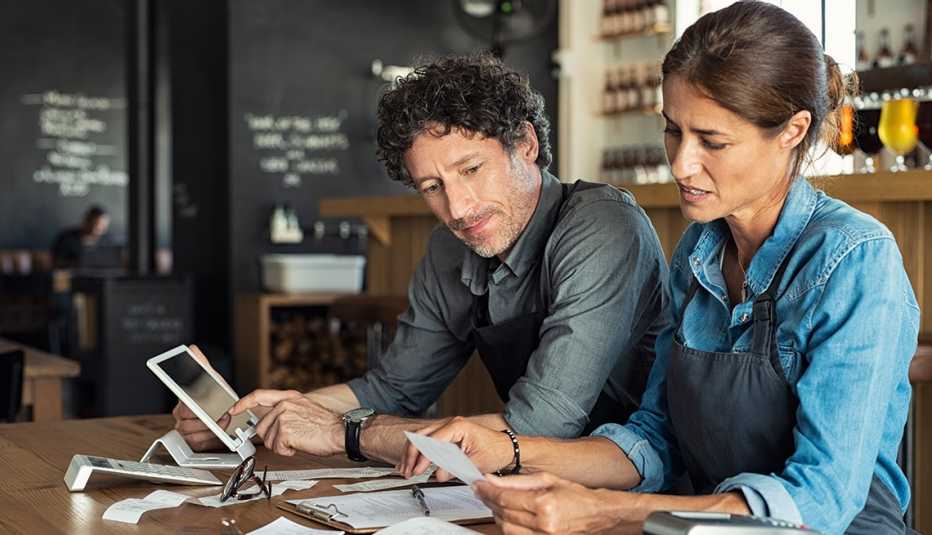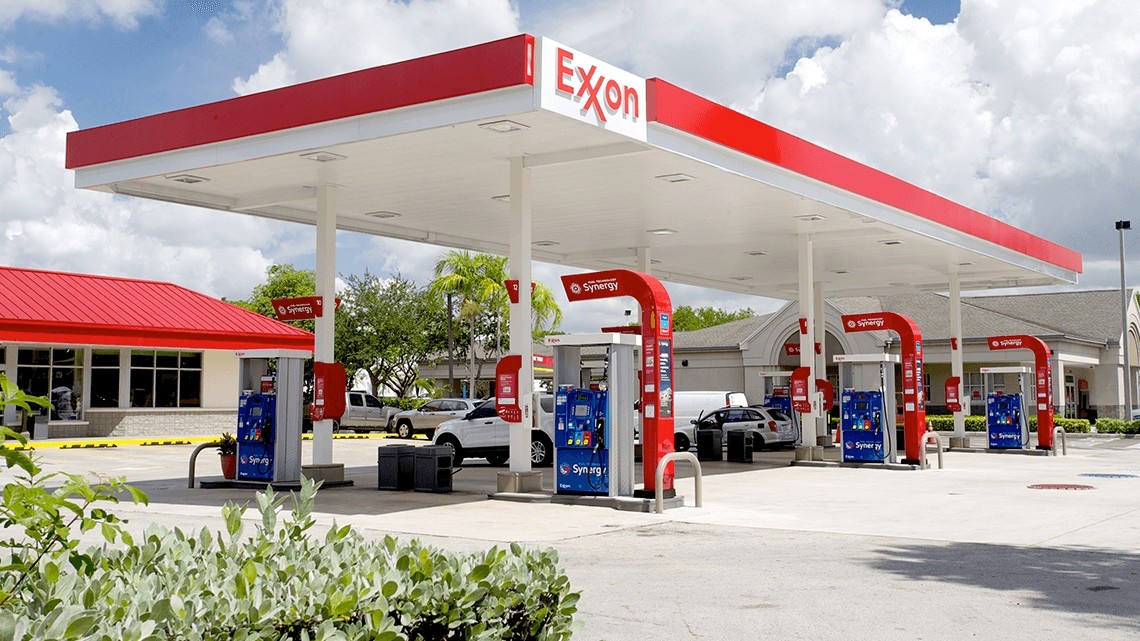Staying Fit
The restaurant, food and beverage industry was hit particularly hard by COVID-19 in 2020. While some restaurants were able to expand to outdoor dining or successfully transition to carryout or delivery sales, others were forced to close their doors permanently.
Now there's new federal funding on the way to help these businesses. The recently passed American Recovery Act includes $28.6 billion specifically to aid the food and beverage industry through a grant program called the Restaurant Revitalization Fund.


AARP Membership— $12 for your first year when you sign up for Automatic Renewal
Get instant access to members-only products and hundreds of discounts, a free second membership, and a subscription to AARP the Magazine.
"Restaurants are the core of our neighborhoods and propel economic activity on main streets across the nation,” said Isabella Casillas Guzman, administrator of the Small Business Administration. “They are among the businesses that have been hardest hit, and need support to survive this pandemic. We want restaurants to know that help is here.”
Here's what you need to know to get financial assistance through this program.
What's the Restaurant Revitalization Fund?
The RRF offers grant funding to help restaurants cover their pandemic-related revenue losses. Businesses could be eligible for a maximum of $10 million in aid though no more than $5 million per physical location.
Who is eligible to apply?
The Restaurant Revitalization Fund may be a lifeline to many businesses, but not all businesses are eligible. The fund, which opens on May 3, offers a 21-day priority period for businesses where at least 51 percent of the ownership is veteran, women, and/or socially or economically disadvantaged.
In general, businesses that may be eligible for RRF grants include:
- Bars
- Taverns
- Saloons
- Inns with onsite food and beverage, such as bed-and-breakfasts
- Food trucks, food stands and food carts
- Wineries and distilleries
- Breweries, tasting rooms, taprooms
- Coffee shops, ice cream shops, etc.
- Bakeries
- Caterers
How do I apply?
Visit SBA.gov/restaurants to determine if you're eligible for a grant. For more information on how to grow and sustain a business, visit smallbizrc.org.
How can the grants be used?
Money received through this program must be spent on expenses incurred between February 15, 2020 and March 11, 2021. Eligible expenses may include:
- Rent and utilities
- Supplies
- Business debts, including credit cards
- Property debts, including mortgage
- Construction and/or expansion of outdoor seating
- Payroll
- Business maintenance fees
- Food and beverage expenses for raw materials
- Overhead, including insurance, marketing costs, licenses, equipment, etc.
What do I need to apply?
Make sure to gather all of your businesses documents as soon as possible. The application portals could face high demand.
Applicants should be prepared to provide:
- Employer Identification Numbers (EIN)/Social Security Numbers/Individual Taxpayer Identification Numbers and addresses for you and anyone who owns more than 20 percent of the business
- Any PPP loan numbers if your business received money through that program
- List of any affiliated businesses
- Proof of your approved reorganization plan if you've filed for bankruptcy
You also will need any of the following documents that show your business receipts and, if applicable, eligible expenses:
- Business tax returns (IRS Form 1120 or 1120-S)
- IRS Form 1040, Schedules C or F
- For partnerships, if relevant, IRS Form 1065 (including K-1s)
- Bank statements
- Financial statements, such as income statements or profit and loss statements
- Point of sale (POS) report(s), IRS Form 1099-K
- For applicants who opened in 2020, three months of bank statements, 2020 federal tax returns (filed or prepared but not yet filed), 2020 and 2021 point of sales reports, a CPA comfort letter, payroll documents (941s), outdoor seating expenditures (invoices/payments) and lender loan statements


































































